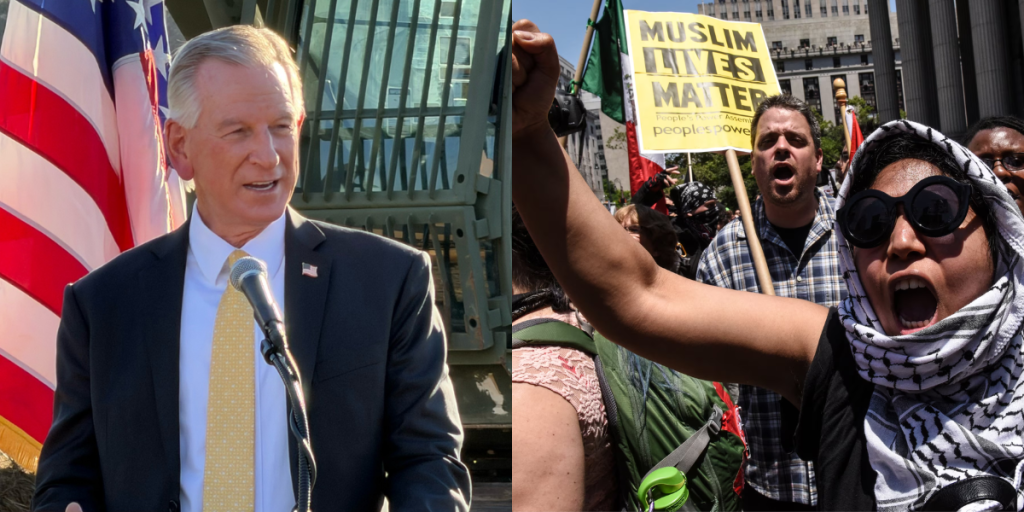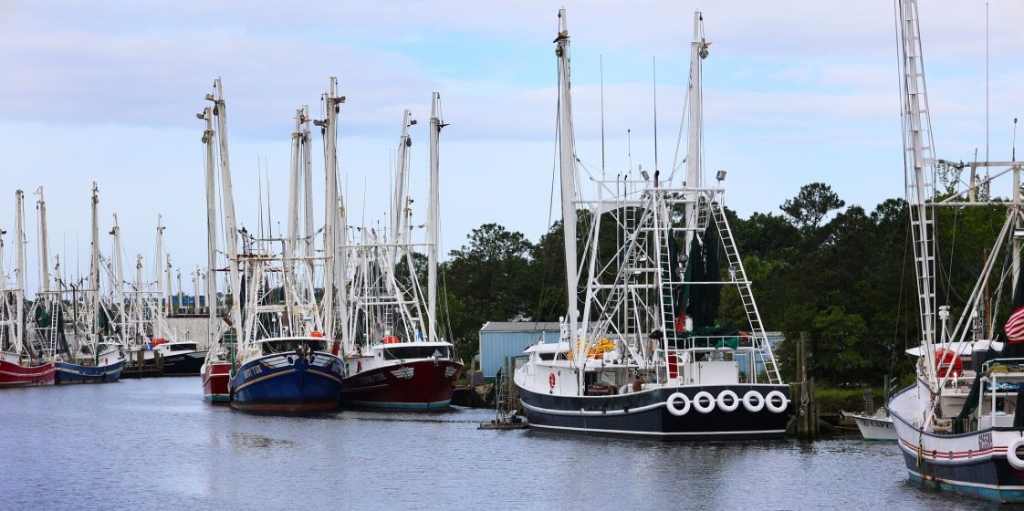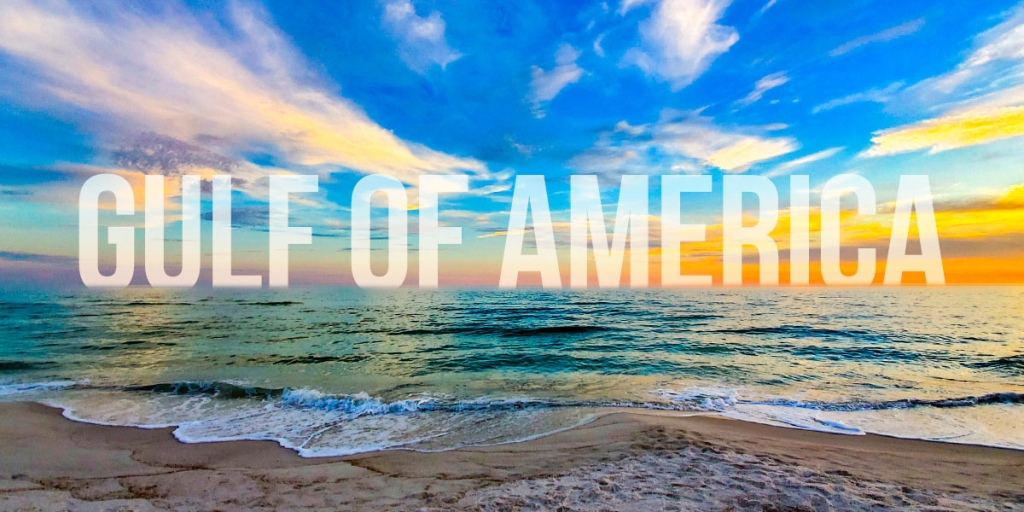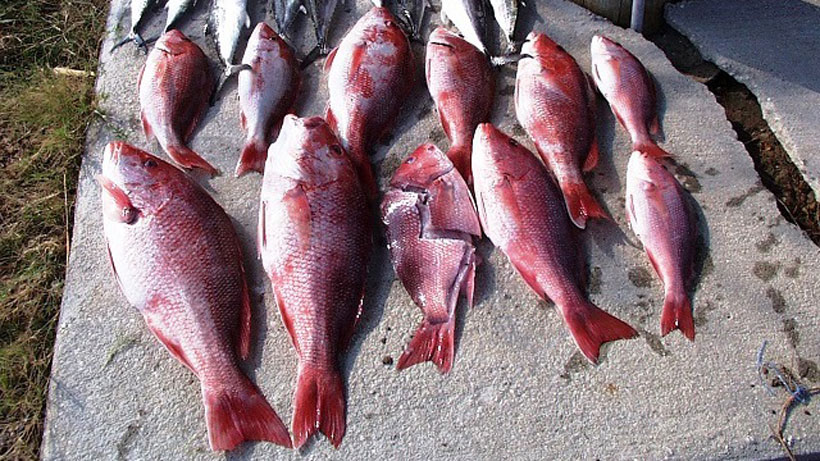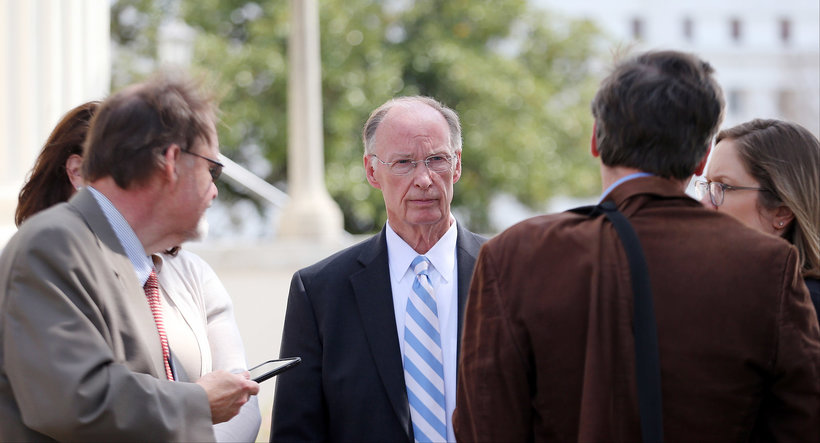
MONTGOMERY, Ala. — Alabama Gov. Robert Bentley on Monday announced that in a second round of grants from the Gulf Environmental Benefit Fund, the National Fish and Wildlife Foundation has earmarked $9.6 million for four conservation and restoration projects along Alabama’s Gulf Coast, which was negatively impacted by the 2010 BP Deepwater Horizon oil spill.
“The Gulf Coast of Alabama is one of the state’s greatest natural treasures, and it is important that we restore it from the harm caused by the 2010 oil spill,” Governor Bentley said in a release. “The $9.6 million we will receive from the National Fish and Wildlife Foundation will support our continued long-term recovery efforts from the adverse effects of the oil spill. I appreciate all of our local, state and federal partners who are working with us in this long-term recovery effort to restore the Alabama Gulf Coast.”
The Gulf Environmental Benefit Fund was established in 2013 when a U.S. District Court made BP and Transocean–the Swiss-based offshore drilling contractor that owned Deepwater Horizon–provide $2.544 billion to the National Fish and Wildlife Foundation to fund Gulf Coast restoration projects.
Before today, the National Fish and Wildlife Foundation had awarded Alabama $22.1 million from the Gulf Environmental Benefit Fund to help pay for seven projects along the Gulf Coast.
- Alabama Barrier Island Restoration Assessment
- Coastal Habitat Restoration Planning Initiative
- Enhanced Fisheries Monitoring in Alabama’s Marine Waters
- Alabama Marine Mammal Conservation and Recovery Program
- Restoration and Enhancement of Oyster Reefs
- D’Olive Watershed Restoration
- Fowl River Watershed Restoration – Phase I
Here are the details about the four new projects receiving funding, as written in the press release:
Alabama Barrier Island Restoration Assessment – approximately $3.6 million
This project will build on previous studies to conduct an engineering feasibility study to assess the current and future function of Dauphin Island, develop an array of options for restoration, and evaluate the feasibility and cost associated with sustainable restoration actions. Dauphin Island is a strategically significant 14-mile barrier island in the northern Gulf of Mexico, serving as the only barrier island providing protection to the state of Alabama’s coastal resources.
Alabama Marine Mammal Conservation and Recovery Program – approximately $1.2 million
This project seeks to increase the response and research capacity within the Alabama Marine Mammal Stranding Network (ALMMSN). The ALMMSN will work to enhance survival of live stranded animals and provide continuous, consistent and scientifically rigorous data collection from stranded marine mammals to better and more rapidly define causes of death, and define relationships between environmental variables and stranding patterns, thereby contributing to their long-term recovery. Funding will be used to operate the ALMMSN and train dedicated personnel for future stranding response and research on marine mammals.
Enhanced Fisheries Monitoring in Alabama’s Marine Waters – approximately $1.8 million
This study will implement a significant and meaningful expansion of the collection of data on both catch effort and stock assessment in coastal Alabama. This data will be used to improve ecosystem-based management capabilities, assess the recovery of reef fish stocks in association with other fisheries restoration efforts and improve and expand single-species stock assessments for managed fish species.
Coastal Habitat Restoration Planning Initiative – approximately $2.8 million
This proposal will develop comprehensive plans to identify the highest priority restoration and conservation needs within the tidally influenced watersheds that directly feed into Mobile Bay. This project will acquire high resolution mapping of the diverse habitats in Alabama’s two coastal counties to identify the conditions of streams, rivers, riparian buffers, wetlands, intertidal marshes and submerged aquatic vegetation of Mobile Bay.
“This announcement is the result of a coordinated effort between the State of Alabama and the National Fish and Wildlife Foundation,” said Alabama Department of Conservation and Natural Resources Commissioner N. Gunter Guy, Jr. “These projects will significantly enhance long-term restoration and protection of our natural resources based upon sound science ensuring sustainability and resiliency of our coastal ecosystem.”





